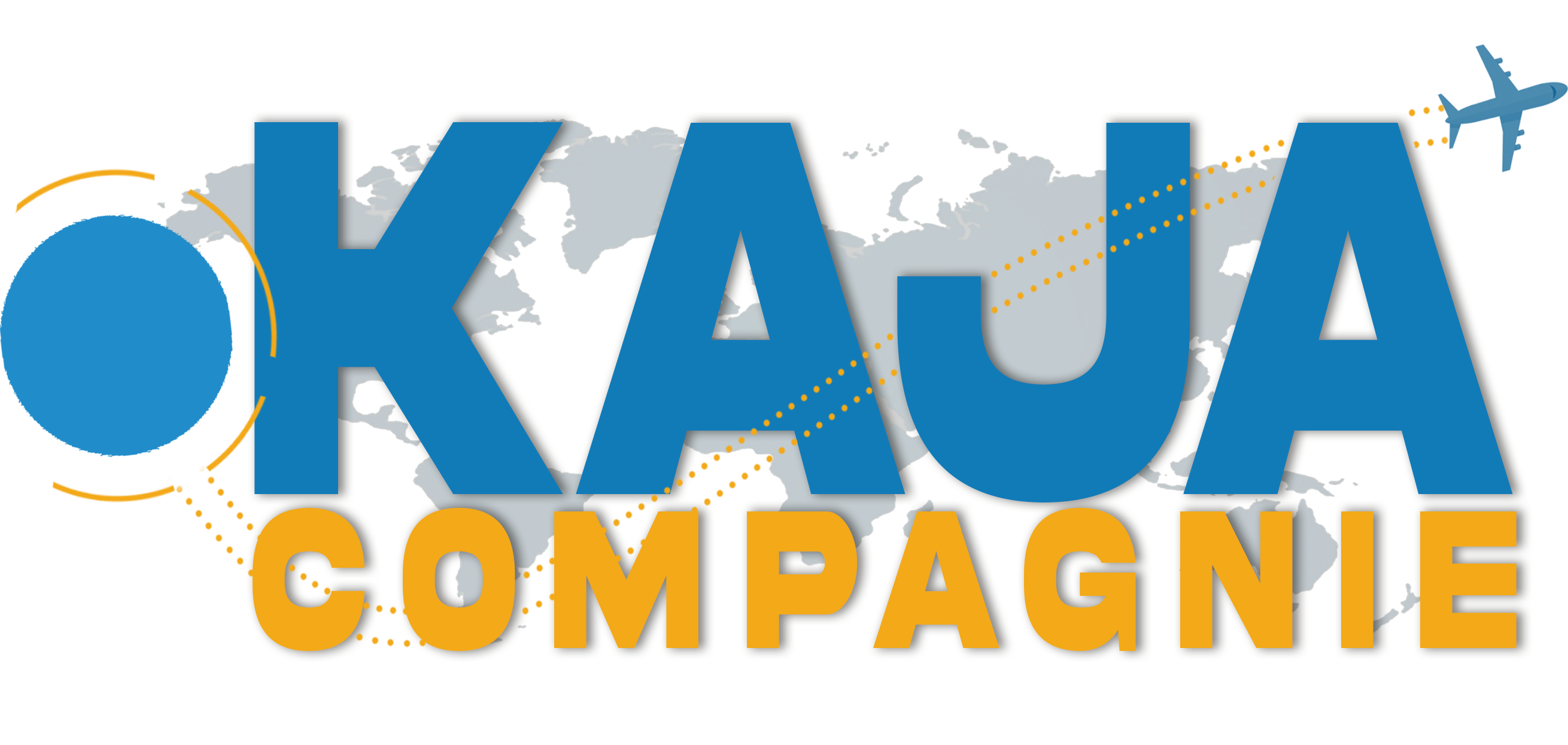The first step in accounting for obsolete inventory involves identifying which items in a company’s inventory have become obsolete. This can be achieved through various methods, such as regular physical counts of inventory and comparing it against sales records or industry data on product life cycles. A company may also utilize various aging reports to help assess the value and relevance of its stock. Once identified, it is essential to record and report these items as obsolete inventory in financial statements in accordance with Generally Accepted Accounting Principles (GAAP). To ensure your inventory forecasting is accurate, consider taking historical sales data into account and market insights to arrive at the best decision. These efforts help reduce the risk of accumulating obsolete items and enhance overall inventory management.
Common Causes of Inventory Obsolescence
Obsolete inventory could also be bundled with other products or offered on promotional discounts to incentivize sales and reduce excess stock. Businesses could also consider repurposing or remanufacturing obsolete inventory into new products or components, if feasible, to recover some of the value. If selling or repurposing is not viable, businesses should consider donating obsolete inventory to charitable organizations or recycling it in an environmentally responsible manner.
Financial Impact
Competitors don’t always need to advance the technology to make your product obsolete. A new brand with a better price or better marketing may be enough to disrupt your market. With so many options for consumers, it’s easy for them to shift away from your product, even if it still meets their needs.
Accurate Demand Forecasting:
This option is more relevant for retailers and distributors that sell finished goods, rather than manufacturers or suppliers that work with raw materials. There are various internal and external factors that cause obsolete inventory. Some of them are lack of inventory management, inaccurate demand forecasting, lack of supply chain data, changes in consumer preferences, and product innovation in the market.
- The most effective way to prevent inventory obsolescence is through demand forecasting.
- Businesses usually want fewer parts or raw materials and the minimum order quantity usually results in obsolete inventory later.
- Cisco Systems, a leading technology company, implemented an inventory optimization initiative that involved advanced analytics, demand forecasting, and supply chain collaboration.
- Knowing how to record these properly is crucial to avoid misleading financial statements.
Switch to inventory management software
Accounting for obsolete inventory and its value is critical, as it can impact a company’s financial statements. When obsolete inventory benchmarks are reached, the cost of goods sold and the value of total assets will both decrease. Obsolete inventory can have significant negative impacts on a business, including tying up capital, occupying storage space, and decreasing profitability.
Project Management
Reassess your marketing strategy and consider revitalizing or phasing out such products. Obsolete inventory eats into profits and severely affects warehouse management. Obsolete inventory and its adverse effects are avoidable with smarter planning and the right tools in place.
Analyze your sales data to identify items with consistently low sales or declining demand trends. These products are likely nearing the end of their shelf life and require closer attention. With AI-driven alerts and predictive analytics, businesses can definition of obsolete inventory spot low-turnover SKUs, overstock trends, and forecast demand better. According to McKinsey, AI-based supply chain management can cut inventory costs by 20% to 50%. Many small and mid-sized businesses still rely on spreadsheets, leaving room for error. A McKinsey study found that many supply chain leaders cite forecasting as their biggest challenge.
- This means that manufacturers must keep track of their inventory to ensure they are not spending too much money on unsellable products.
- It not only ties up valuable capital but also imposes significant carrying costs, hampers operational efficiency, and ultimately erodes profitability.
- Any purchase order is automatically sent to a manager for approval to prevent over-ordering.
- Accumulating obsolete inventory can occur for several reasons, from inaccurately forecasting demand to a lack of proper inventory management.
- A product life cycle takes into account the stages that a product goes through.
In conclusion, understanding obsolete inventory is vital for both businesses and investors alike. The presence of obsolete inventory can lead to significant losses for companies due to holding costs and potential write-offs or write-downs. It can also impact a company’s reputation, particularly if consumers perceive it as outdated or low quality. Furthermore, large inventories can signal poor management decisions, ineffective demand forecasting, or mismanagement of inventory levels. Investors need to be aware of these potential consequences when evaluating a company’s performance and financial health. Understanding these impacts can help investors evaluate a company’s inventory management practices and overall financial performance.
You can manage inventory by assessing the trends that may contribute to overstocking and storage space. Moreover, regular inventory analysis can improve inventory turnover ratios and help you keep just as much stock as you need at home. When you have a lot of unused stock in the warehouse or fulfilment centre which is not moving, chances are that those goods are not in high demand.
